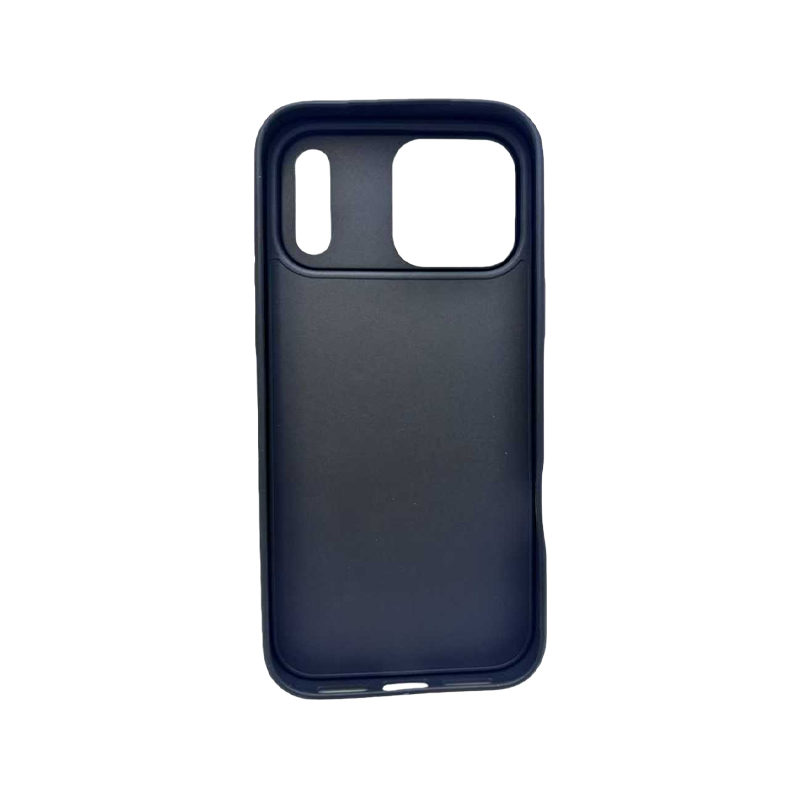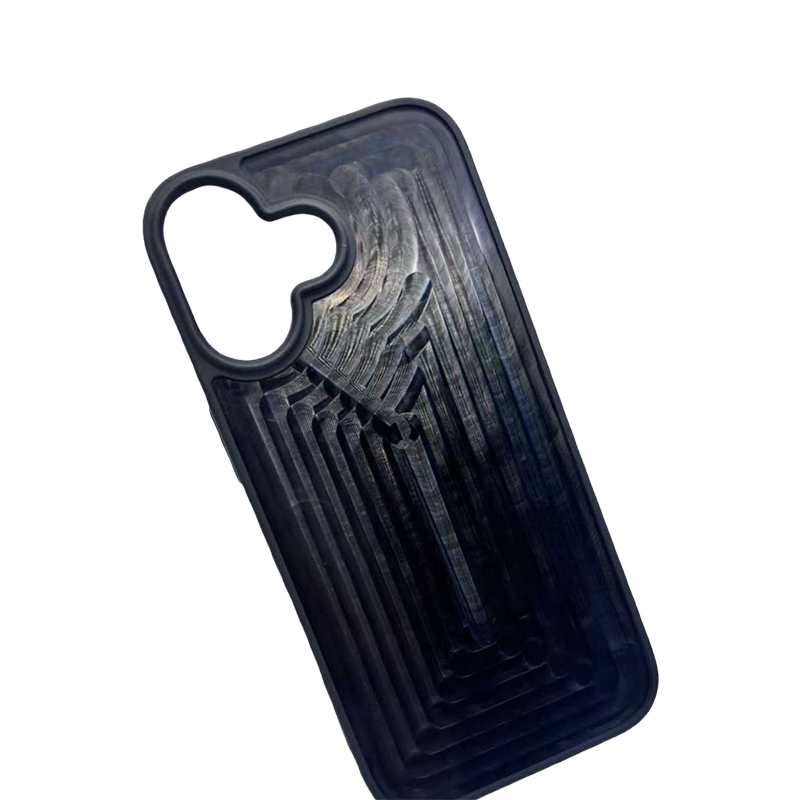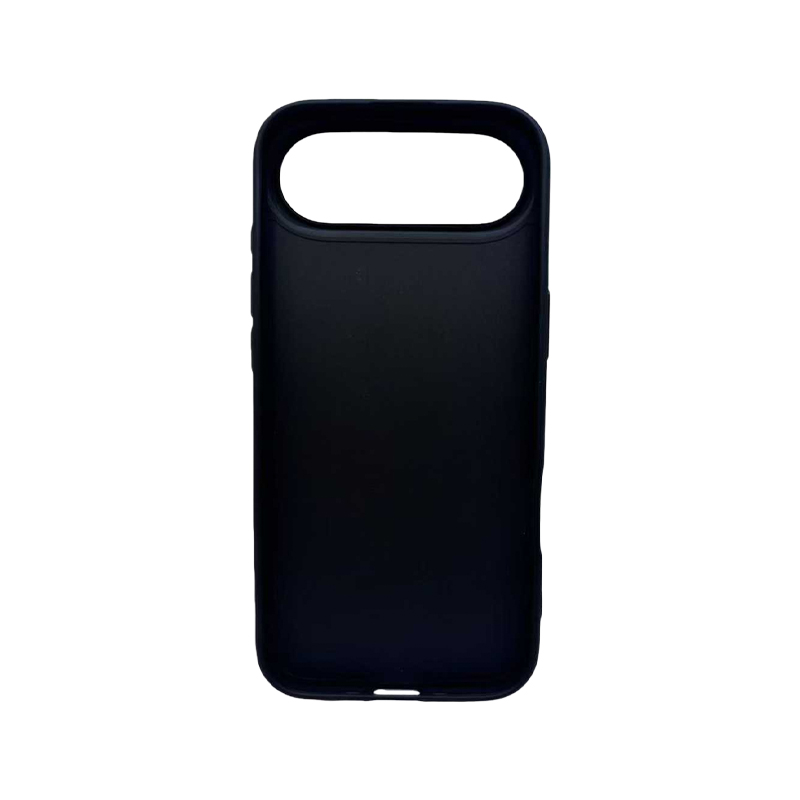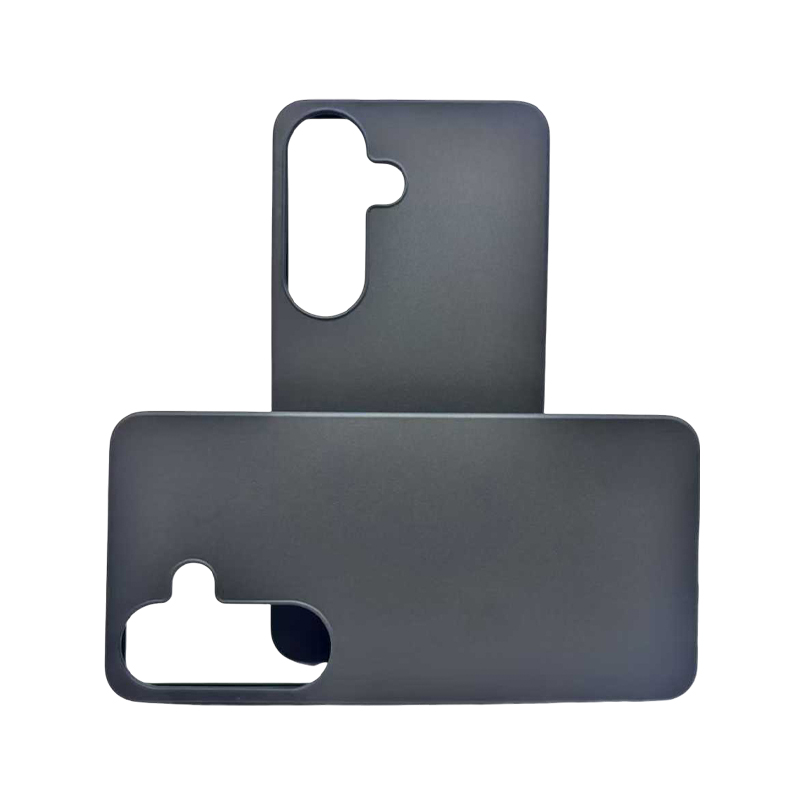How do high transparency phone cases achieve a balance between scratch resistance and wear resistance and light transmittance?
Release Time : 2025-05-07
High transparency phone cases are popular because they can show the original appearance of the phone and have certain protective functions. However, in actual use, scratch resistance and light transmittance are often mutually restrictive factors. How to achieve a balance between the two is a common concern of mobile phone case manufacturers and consumers.
Choosing the right material is the basis for achieving a balance. At present, the materials commonly used in high transparency phone cases include polycarbonate (PC), thermoplastic polyurethane elastomer rubber (TPU) and silicone. PC materials have high hardness and good light transmittance, but relatively poor toughness and are prone to scratches. TPU has excellent elasticity and scratch resistance, but its light transmittance is slightly inferior to PC. Silicone is soft and has good scratch resistance, but its transparency is average. By modifying or compounding these materials, scratch resistance and light transmittance can be taken into account to a certain extent. For example, adding nano-scale toughening agents to PC can improve its scratch resistance while maintaining a high light transmittance.
Surface treatment technology plays an important role in improving the scratch resistance and light transmittance of mobile phone cases. Common surface treatment methods include coating technology and hardening treatment. Coating technology can form a protective film on the surface of the mobile phone case to increase its hardness and wear resistance. For example, the use of nano-ceramic coating can effectively improve the scratch resistance of the mobile phone case while having little effect on light transmittance. Hardening treatment changes the molecular structure of the mobile phone case surface through chemical or physical methods to increase the surface hardness. For example, ultraviolet hardening treatment can form a hard solidified layer on the surface of the mobile phone case, enhance the scratch resistance and wear resistance, and will not significantly reduce the light transmittance.
Optimization of manufacturing process is also an important part of achieving balance. During the production process, precise control of injection molding parameters such as temperature, pressure and time can make the internal structure of the mobile phone case more uniform, reduce the decrease in light transmittance and unstable scratch resistance due to process problems. In addition, the use of advanced mold manufacturing technology can improve the surface finish of the mobile phone case, reduce light scattering, thereby improving light transmittance, and also help improve scratch resistance.
Adding functional additives to mobile phone case materials is an effective means to improve performance. For example, adding UV absorbers can prevent the material from turning yellow under long-term light exposure, maintain good light transmittance, and improve the weather resistance of the material, indirectly enhancing the scratch and wear resistance. Adding antioxidants can inhibit the oxidation reaction of the material, extend the service life of the mobile phone case, and enable it to better maintain light transmittance and scratch and wear resistance during use.
Strict quality inspection and control are necessary measures to ensure that the product meets the balance requirements. Optical inspection equipment is used to accurately measure the transmittance, haze and other indicators of the mobile phone case, and screen out products with light transmittance that meets the requirements. At the same time, wear testers, hardness testers and other equipment are used to test the scratch and wear resistance of the mobile phone case to ensure that the product can also meet the standards in this regard. Only through comprehensive and strict quality inspection can it be ensured that the high transparency phone cases produced achieve a good balance between scratch and wear resistance and light transmittance.
The balance between scratch and wear resistance and light transmittance of high transparency phone cases needs to start from material selection, surface treatment, manufacturing process, addition of additives and quality inspection. By comprehensively applying these methods, the performance of mobile phone cases can be continuously improved, meeting consumers' dual needs for beautiful and practical mobile phone cases, and promoting the continuous development and progress of the high transparency phone cases market.







